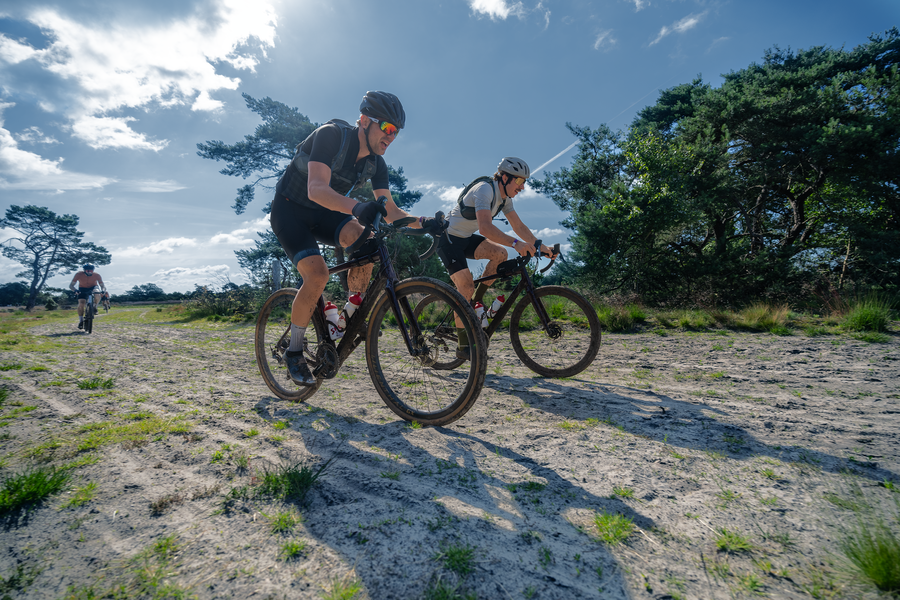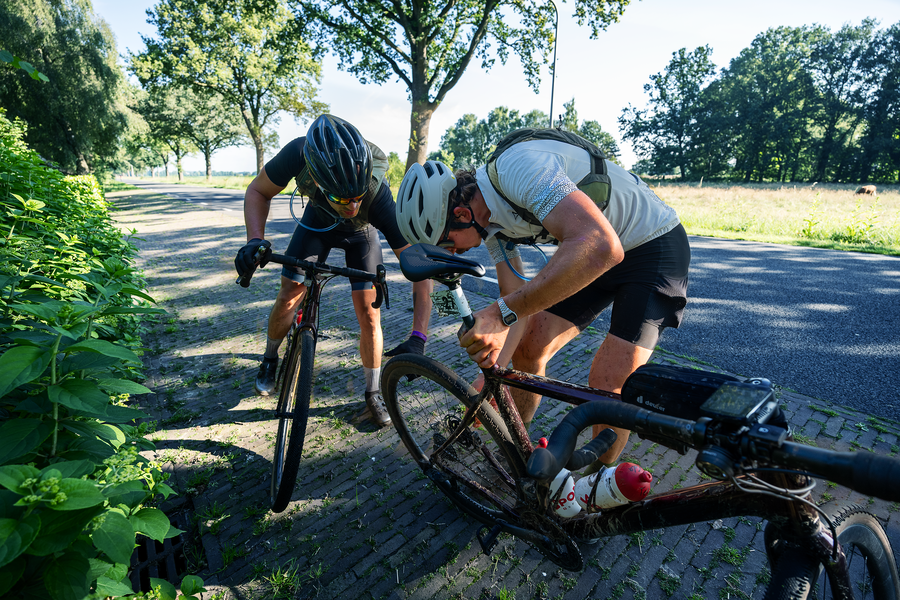-
-
Customer account
-
My shopping cart
loading...

Gravel biking, also known as ‘gravel riding’, is a form of cycling that focuses on unpaved roads and paths. The term ‘gravel’ comes from the English and means “gravel” or ‘crushed stone’. Gravel bikes are specially designed for riding on such surfaces and offer a mixture of the characteristics of racing bikes and mountain bikes. Originally from the USA, gravel biking has quickly spread around the world as it offers a versatile and adventurous alternative to traditional road or mountain biking.
Gravel biking is suitable for a wide range of cyclists. It's ideal for those looking for the freedom and adventure of riding off the beaten track. Whether you are an experienced cyclist looking for new challenges or a beginner looking to explore the outdoors, gravel biking offers something for everyone. It is particularly appealing to commuters who need a robust bike for everyday use, as well as touring cyclists and bikepackers who want to tackle long distances and different types of terrain.
Gravel bikes are extremely versatile and can be used on a variety of surfaces. These include gravel paths, forest tracks, dirt tracks and even tarmac roads. Uphill or downhill - it doesn't matter. This versatility makes gravel bikes ideal for exploring rural areas, national parks and remote landscapes. They are also perfect for urban environments where they can be used on cycle paths and less travelled roads.

There are many resources for finding suitable gravel routes. Websites such as Komoot and GravelDeluxe offer extensive collections of gravel tours that are categorised according to various criteria such as difficulty and landscape. Popular gravel regions in Germany, Austria, Italy and Switzerland offer spectacular routes through picturesque landscapes. These regions and many more are ideal for ambitious riders and leisure cyclists alike.
The right riding technique is crucial for a safe and enjoyable gravel experience. Here are some tips:

Although gravel bikes and cyclocross bikes look similar, there are some key differences:
The tyre size for gravel bikes varies depending on the area of use. Typical sizes are 700c or 650b, with tyre widths between 38 mm and 42 mm. These wider tyres offer better grip and comfort on unpaved roads.
The drivetrain is also an important aspect. Gravel bikes are often equipped with groupsets that offer a wide gear range to cope with both steep climbs and fast descents. Popular groupsets for gravel bikes are Shimano GRX and SRAM Apex, which have been specially developed for off-road use.

Gravel biking is an exciting and versatile form of cycling that is suitable for a wide range of riders. With the right equipment and technique, you can enjoy the freedom and adventure that gravel biking offers. Whether you are looking for new challenges or simply want to explore nature, gravel biking offers you the perfect opportunity to do so.
Have fun gravel biking! 🚴♂️🚴♀️
No problem: the registration only takes a short moment.
Register in two easy steps. We look forward to welcoming you!